Yoga is an ancient practice that fosters physical and mental well-being. As yoga continues to grow in popularity across the United States, many practitioners wonder about the appropriate attire for this mindful exercise, particularly: do you wear shoes for yoga? This article delves into the practice of wearing shoes for yoga, exploring its pros and cons, cultural implications, and expert insights to guide you on your yoga journey.
The Basics of Yoga Attire
Yoga attire has evolved over the years, from traditional loose-fitting clothing to modern athleisure. But one question persists: Should you wear shoes for yoga? To understand this better, let’s explore the standard practices followed by yoga practitioners.
Common Attire for Yoga
- Yoga Pants: Typically made from stretchy materials to allow freedom of movement.
- Tank Tops: Comfortable and breathable, helping to wick away sweat.
- Socks: While some opt for bare feet, there are specialized yoga socks with grip.
- Shoes: A choice of some practitioners, particularly in certain styles or studios.
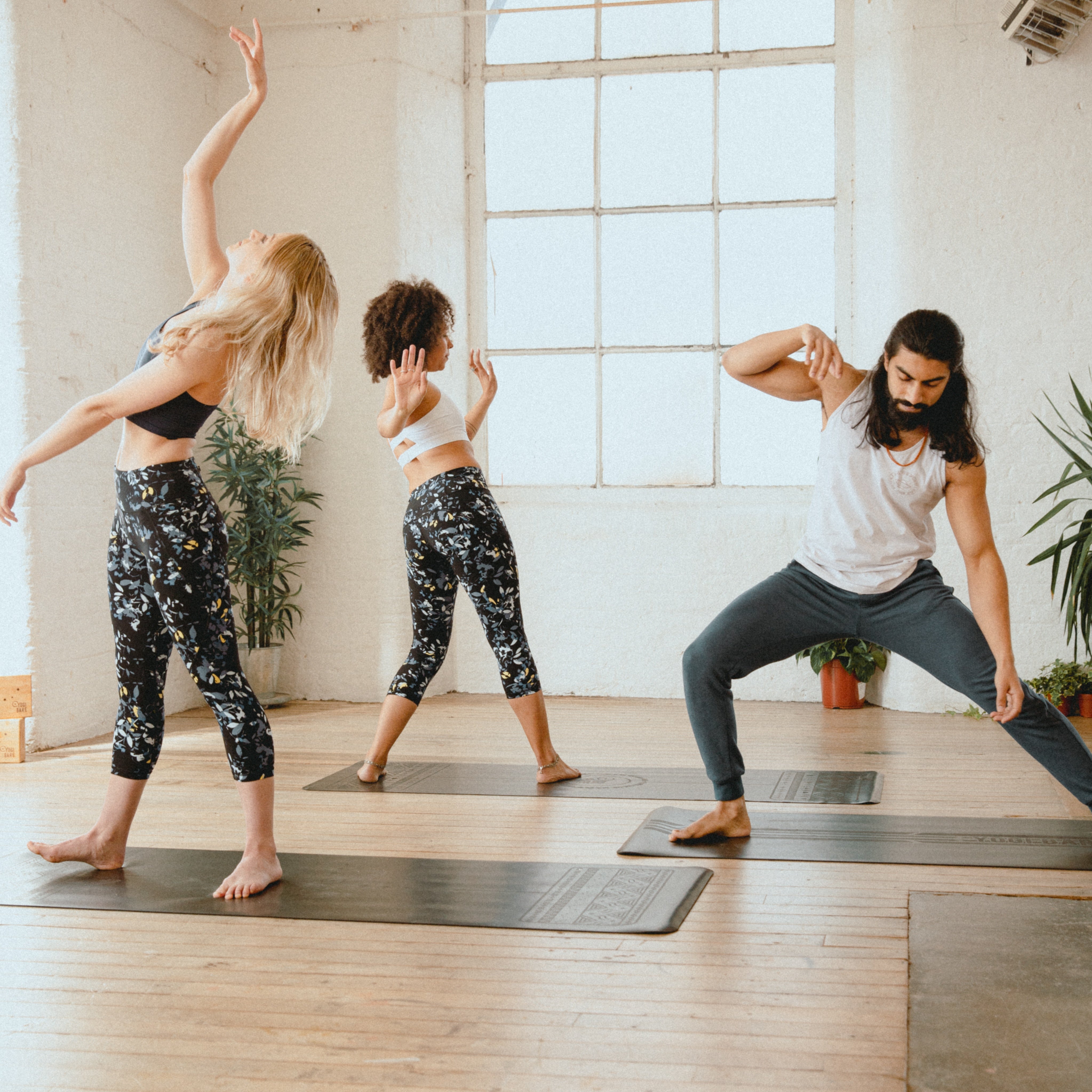
Should You Wear Shoes for Yoga?
When it comes to the question of wearing shoes for yoga, the answer largely depends on personal preference, the style of yoga practiced, and the environment of the class. Below, we dive into various factors that influence this decision.
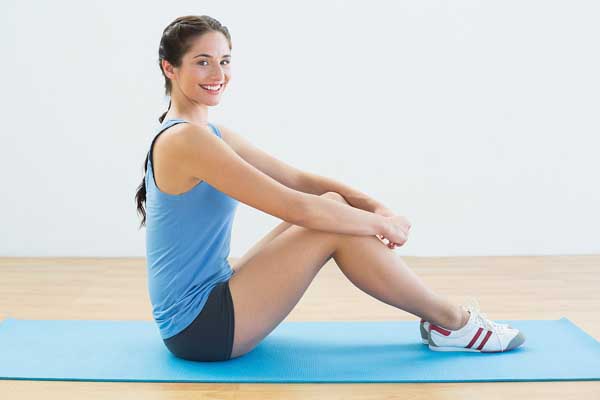
Types of Yoga
Different styles of yoga can affect whether shoes are necessary:
- Hatha Yoga: Generally doesn’t require shoes and is often practiced barefoot.
- Vinyasa Flow: Allows practitioners to achieve better balance and connection with the mat when barefoot.
- Bikram Yoga: Practiced in a heated room; going barefoot is recommended for better grip on the mat.
- Yin Yoga: Typically practiced in a relaxed manner, where shoes can be a distraction.
- Yoga with Props: Some instructors might use shoes for specific therapeutic practices.
Cultural Considerations
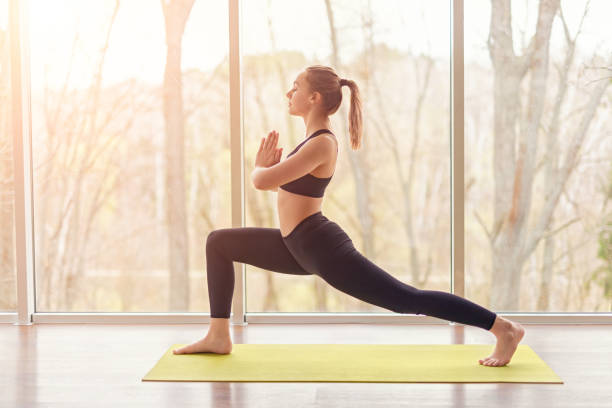
In many cultures where yoga originated, going barefoot is a sign of respect for the practice and its environment. It allows practitioners to connect more closely with the earth and fosters a sense of freedom during practice.
Pros and Cons of Wearing Shoes for Yoga
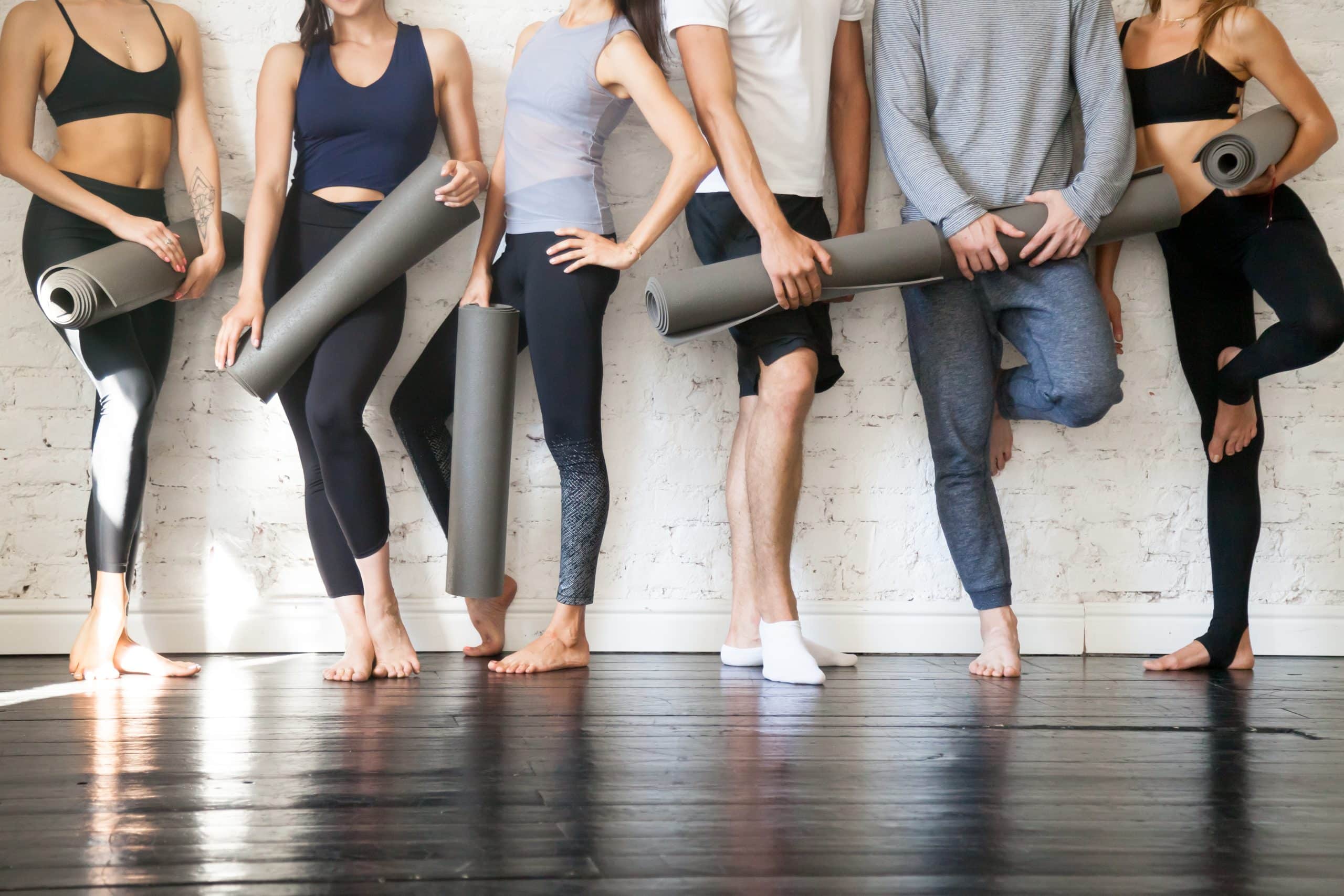
| Pros | Cons |
|---|---|
| Provides additional support and cushioning, particularly for beginners. | Can hinder the natural movement of the feet and disrupt balance. |
| May help prevent foot injuries in certain environments. | Lessens the tactile connection to the mat. |
| Useful for practitioners who have specific foot conditions or pain. | Can create friction and discomfort during poses requiring foot flexibility. |
Alternatives: What to Consider Instead of Shoes?
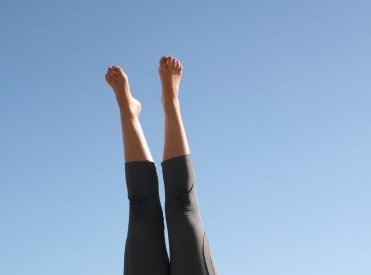
If you’re unsure about shoes, consider these alternatives:
Yoga Socks

Yoga socks offer a compromise between barefoot and fully-shod practices, providing grip and support while allowing flexibility of movement. Some popular brands include:
| Brand | Features | Price |
|---|---|---|
| Toesox | Five-finger design, non-slip bottom | $14-$20 |
| Gaiam | Grippy soles, soft material | $10-$15 |
| YogaAddict | Extra grip, cushioned | $13-$18 |
Barefoot Training
Some practitioners advocate for barefoot training to strengthen foot muscles, enhancing stability and balance. Transitioning to barefoot practice can be beneficial but may require time and adjustment.
When Shoes Might Be Necessary
While many yoga styles encourage barefoot practice, there are exceptions where wearing shoes can be beneficial:
Outdoor Yoga
Practicing yoga outdoors can expose you to various terrains; protective footwear may be advisable to avoid injuries.
Special Needs and Injuries
For individuals with specific foot injuries or conditions like plantar fasciitis, shoes designed for stability and support might be necessary. Consult a healthcare provider for personalized advice.
Cultural Insights: The Role of Yoga in American Society
Yoga has become a significant part of American wellness culture, with studios found in almost every city. Many practitioners embrace yoga as not just a physical activity but also a spiritual journey, which emphasizes the importance of connecting with the practice on a personal level—often barefoot.
Local Experiences
Attending local yoga classes, such as those at Yoga Journal events or community studios in cities like New York, Los Angeles, and Chicago, can provide insights into regional practices. For example, in New York City, you might find studios emphasizing a strong connection to the mat, while California styles often incorporate outdoor settings.
Expert Insights
Yoga instructors have varied opinions on this subject. Here are some expert insights:
Interview with a Yoga Instructor
We spoke to Jane Doe, a seasoned yoga instructor with over 10 years of experience:
“I often recommend students practice barefoot to enhance their stability and connection to the mat. However, I acknowledge the importance of comfort and safety, especially for those who may have foot concerns. Ultimately, the choice should align with each individual’s comfort and style.” – Jane Doe
Tips for Choosing Your Yoga Footwear
Whether you decide to wear shoes or not, here are some tips to consider:
- Opt for shoes or socks with non-slip soles.
- Choose flexible materials that allow your feet to move naturally.
- Ensure a proper fit to avoid blisters during practice.
- Consider specialized yoga footwear if you have foot-related issues.
Frequently Asked Questions
1. Is it necessary to wear shoes for yoga?
No, wearing shoes for yoga is generally not necessary. Most yoga styles encourage practicing barefoot to enhance balance and connection with the mat.
2. Do yoga socks provide adequate grip?
Yes, yoga socks with grip can enhance stability and comfort, making them a good alternative for those who prefer some coverage.
3. What are the best shoes for outdoor yoga?
For outdoor yoga, look for lightweight, breathable shoes with good traction, such as trail running shoes or specialized outdoor footwear.
4. Can I practice yoga with foot injuries?
Yes, it’s possible to practice yoga with foot injuries, but consult a healthcare provider for appropriate modifications and consider supportive footwear.
5. Are there specific classes where shoes are encouraged?
Some therapeutic or specialized yoga classes may encourage wearing shoes, particularly for individuals with specific needs or concerns.
Conclusion
Ultimately, the decision to wear shoes for yoga is personal and influenced by several factors, including the style of yoga, personal comfort, and cultural practices. Whether you choose to practice barefoot, in yoga socks, or with supportive shoes, what matters most is that you find joy and peace in your practice.
For more insights on yoga practices and recommendations, check out this study on yoga benefits.